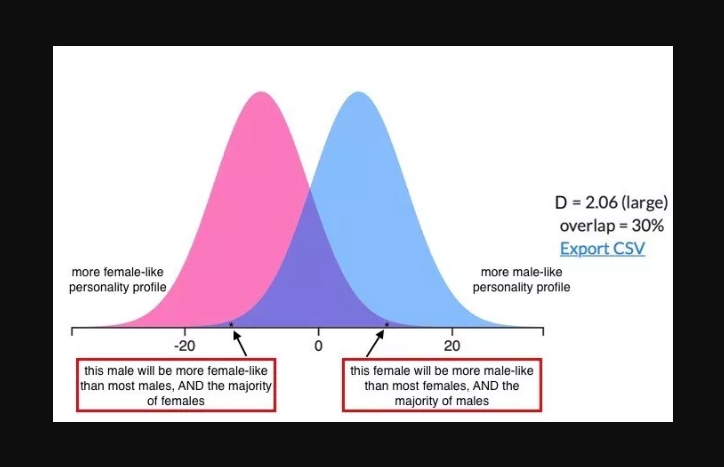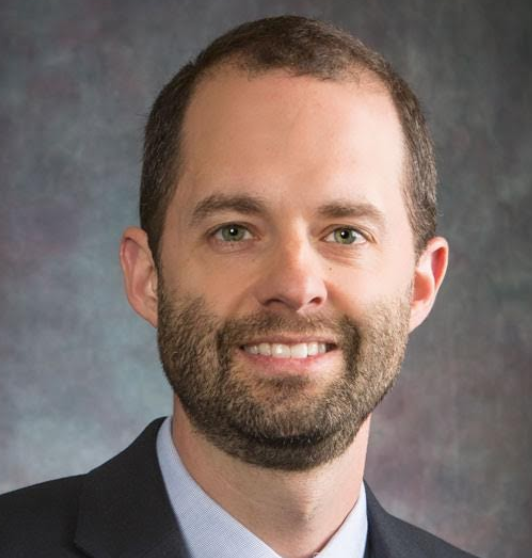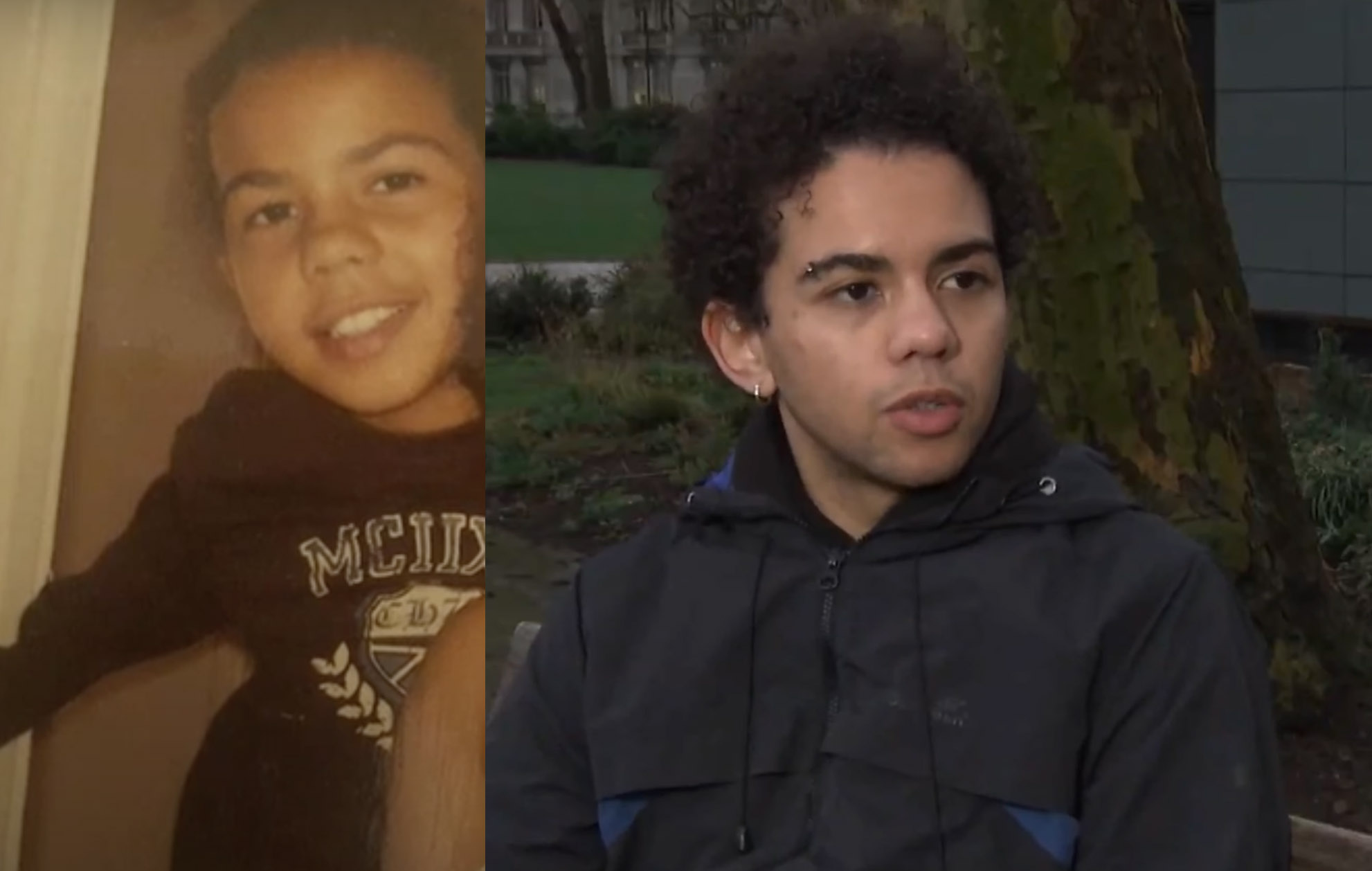And Other Thoughts on the Concept of Gender Identity…
by William J. Malone, M.D., endocrinologist and NYU alumnus, Colin M. Wright, Ph.D., evolutionary biologist and Eberly Research Fellow, and Julia D. Robertson, journalist, award-winning author and Senior Editor of The Velvet Chronicle.
*a version of this article was published to Quillette on 9-24-19
Many health care professionals and mainstream medical organizations endorse the concept of an innate gender identity.[a] They define gender identity as the “internal, deeply held” sense of whether one is a man or a woman (boy or girl), both, or neither, and report that it can be reliably articulated by children as young as 3-5 years old.[b]
A growing number of scientists, philosophers, and health care professionals reject this concept or at least the above definition.[c] Developmental studies show that children have only a superficial understanding of sex and gender at best. For instance, up until age 7, children often believe that if a boy puts on a dress, he becomes a girl.[d] This gives us reason to doubt whether a coherent concept of gender identity exists at all in young children. Additionally, the concept relies on stereotypes that encourage the conflation of gender with sex.
However, starting at a young age, children do tend to exhibit preferences and behaviors that we associate with sex. For example, male children display more aggressive behavior than female children.[e] In addition, “cross-sex” behavior, or more accurately cross-sex stereotypical behavior, is often predictive of later same-sex attraction.[f] Can all of these findings be integrated?
To start, just as sex influences the development of bodies, it also influences brains. There are in-utero differences in hormone exposures (male testosterone surge at eight weeks gestation for example), and distinct developmental pathways are triggered based on the XX or XY chromosomal make-up of neurons.[g] The integration of these sex-related processes with environmental pressures gives rise to an individual’s personality and preferences.
It follows then that population-based studies have demonstrated sex-related differences in personality and preferences that are independent of social influences. When social influences are weakened (in more egalitarian societies), the sex-related differences in personality and preferences increase.[h] [i] This suggests that as environmental pressures become relaxed, innate sex-specific preferences surface.
A closer look at personality traits shows that when analyzed together as a group, there is a roughly 30% overlap between sexes.[j] This is graphically represented below. The consequence of this overlap is that adolescent males who fall on the left end of the male pattern (blue, “masculine”) curve, and adolescent females who fall on the right end of the female pattern (pink “feminine”) curve, are going to have personality traits that are different than the majority of other members of their own sex. In fact, due to the significant overlap of personality traits between males and females, the personality traits of some females will be more “masculine” than those exhibited by some, or even most males, and vice versa.

Consequently, an adolescent female may find her behavior, personality traits, and preferences more “masculine” than most girls and most boys. This could lead her to incorrectly conclude that she is the opposite sex. That child’s parents could become confused as well, noticing how “different” their child’s behavior is from their own, or from that of their peers. That child simply exists at the end of a behavioral spectrum, and “sex-atypical” behavior is part of the natural variation exhibited both within and between the sexes. Personality and behavior do not define one’s sex.
There are approximately 40 million children in the United States between the ages of four and fourteen. The above distribution curves estimate that roughly four million of them have personality profiles that are “sex atypical”, but still part of the natural distribution of personalities within each sex. Our culture-at-large is incorrectly telling them that they may have been born in the wrong body. The propagation of this biological falsehood, in addition to other newly identified factors, is likely contributing to the growing number of transgender identifying high school students (now estimated to be 2%), and the rapid rise in adolescents presenting to gender clinics.[k]
There would be less confusion if the distributions wholly overlapped. It would be the norm that males and females display completely overlapping personality traits.
The broad, but normal distribution of personality traits also explains studies showing a 28% concordance of a transgender identity in twins.[l] Twins have identical chromosomes, and likely have similar sex-related behaviors as well as environmental influences on their behavior. Using twin adolescent males as an example: if their behaviors are at the “feminine” end of the male-typical distribution, they could both become confused as to what their behaviors and preferences mean about their sex. Whether they develop gender dysphoria as a consequence of that is another issue. If gender dysphoria does develop, 85% of the time it will resolve with uninterrupted puberty.[m]
What is being called “gender identity” is likely an individual’s perception of how their own sex-related and environmentally influenced personality compares to same and opposite sexed people. Put another way, it’s a self-assessment of one’s stereotypical degree of “masculinity” or “femininity,” and it’s wrongly being conflated with biological sex. This conflation stems from a cultural failure to understand the broad distribution of personalities and preferences within sexes and the overlap between sexes.

Pexel
When a girl reports that she “feels like a boy” or “is a boy”, that sentiment may reflect her perception of how her personality and preferences compare to the rest of her peers. Also, if she has concrete thinking characteristic of an autism spectrum condition, she may not be “sex-atypical” in her behavior but could be falsely perceiving herself to be. These scenarios don’t apply to all cases of gender dysphoria, as many other triggers are described.[n] Counseling can help gender dysphoric adolescents resolve any trauma or thought processes that have caused them to desire an opposite sexed body.[o] [p] [q]
To summarize, there is a lack of understanding when it comes to the distribution of sex-related personality and behavioral differences. This lack of understanding has led to confusion. That confusion impacts children who fall at the extreme tail-ends of the distribution, who are statistically more likely to grow up to be gay, lesbian, or bisexual adults if allowed to experience uninterrupted puberty.n Additionally, telling a child that he or she was born in the wrong body pathologizes “gender non-conforming” behavior and makes gender dysphoria less likely to resolve.a
In conclusion, no child is born in the wrong body. Adults should expand their understanding of what normal male and female behavior and preferences look like. They should understand that being male and being female both come with a wide range of personalities, preferences, and possibilities.

William J. Malone, M.D., earned his medical degree from New York University School of Medicine, where he participated in NYU Medical Center’s relief efforts on, and after, September 11, 2001. Dr. Malone is board certified by the American Board of Internal Medicine in internal medicine and endocrinology. You can follow him on Twitter at @Will_Malone.

Colin M. Wright is an evolutionary biologist and Eberly Research Fellow at Penn State. You can follow him on Twitter at @SwipeWright.

Julia D. Robertson is a journalist, award-winning author and Senior Editor of The Velvet Chronicle. You can follow her on Twitter at @JuliaDRobertson.
References
[a] Hembree, Wylie, T, P., Louis, Hannema, E, S., . . . G, G. (2017, September 13). Endocrine Treatment of Gender-Dysphoric/Gender-Incongruent Persons: An Endocrine Society * Clinical Practice Guideline. Retrieved from https://academic.oup.com/jcem/article/10
[b] Gender identity. (2018, May). Retrieved fromhttps://www.caringforkids.cps.ca/handouts/gender-identity
[c] Byrne, A. (2019, January 10). What Is Gender Identity? Retrieved from https://arcdigital.media/what-is-gender-identity-10ce0da71999
[d] Martin, Carol. “Cognitive Theories of Early Gender Development.” Semantic Scholar, 2002, pdfs.semanticscholar.org/69e9/67157a01cb0af9252650195e7adb99578364.pdf.
[e] Harbin, S. J. (2016). Gender Differences in Rough and Tumble Play Behaviors. International Journal of Undergraduate Research and Creative Activities,8(1). doi:10.7710/2168-0620.1080
[f] Childhood Cross-Gender Behavior and Adult Homosexuality. (n.d.). Retrieved from https://www.tandfonline.com/doi/abs/10.1300/J529v12n01_03
[g] Wheelock, M., Hect, J., Hernandez-Andrade, E., Hassan, S., Romero, R., Eggebrecht, A., & Thomason, M. (2019). Sex differences in functional connectivity during fetal brain development. Developmental Cognitive Neuroscience,36, 100632. doi:10.1016/j.dcn.201
[h] Giolla, E. M., & Kajonius, P. J. (2018). Sex differences in personality are more significant in gender-equal countries: Replicating and extending a surprising finding. International Journal of Psychology. DOI:10.1002/ijop.12529
[i] Archer, J. (2019). The reality and evolutionary significance of human psychological sex differences. Biological Reviews. doi:10.1111/brv.12507
[j] Kaiser, T., Del Giudice, M. D., & Booth, T. (2019). Global sex differences in personality: Replication with an open online dataset. Journal of Personality. doi: 10.1111/jopy.12500
[k] Marchiano, L. (2017). Outbreak: On Transgender Teens and Psychic Epidemics. Psychological Perspectives, 60(3), 345–366. doi: 10.1080/00332925.2017.1350804
[l] Diamond, M. (2013). Transsexuality Among Twins: Identity Concordance, Transition, Rearing, and Orientation. International Journal of Transgenderism,14(1), 24-38. doi:10.1080/15532739.2013.750222
[m] Ristori, J., & Steensma, T. D. (2016). Gender dysphoria in childhood. International Review of Psychiatry,28(1), 13-20. doi:10.3109/09540261.2015.1115754
[n] Gender dysphoria is not one thing. (2017, December 07). Retrieved from https://4thwavenow.com/2017/12/07/gender-dysphoria-is-not-one-thing/
[o] Zucker, Kenneth & Wood, Hayley & Singh, Devita & Bradley, Susan. (2012). A Developmental, Biopsychosocial Model for the Treatment of Children with Gender Identity Disorder. Journal of homosexuality. 59. 369-97. 10.1080/00918369.2012.653309.
[p] Vries, Annelou & Cohen-Kettenis, Peggy. (2012). Clinical Management of Gender Dysphoria in Children and Adolescents: The Dutch Approach. Journal of homosexuality. 59. 301-20. 10.1080/00918369.2012.653300.
[q] Clarke, Anna Churcher, and Anastassis Spiliadis. “‘Taking the Lid off the Box’: The Value of Extended Clinical Assessment for Adolescents Presenting with Gender Identity Difficulties.” Clinical Child Psychology and Psychiatry, vol. 24, no. 2, 2019, pp. 33


